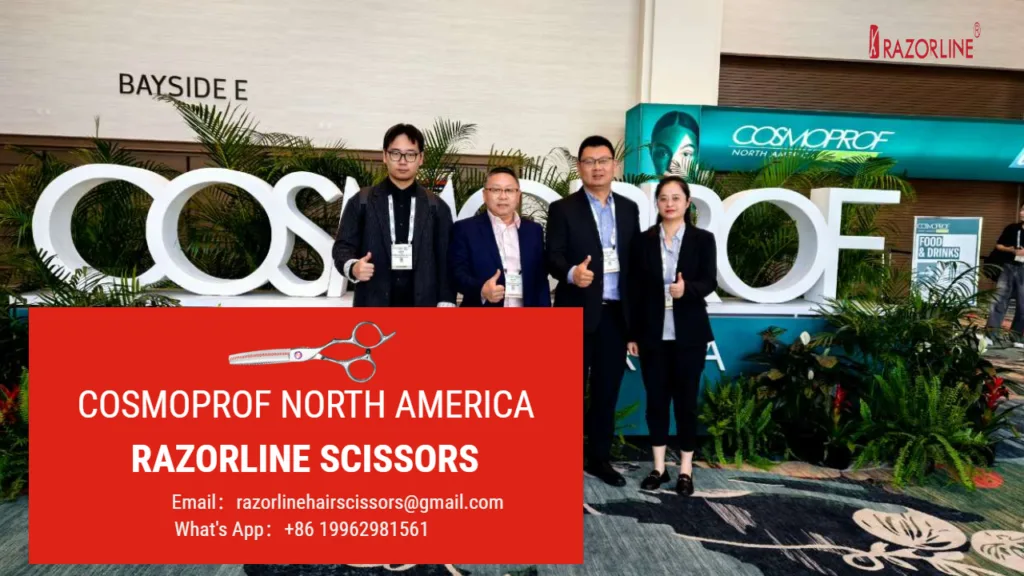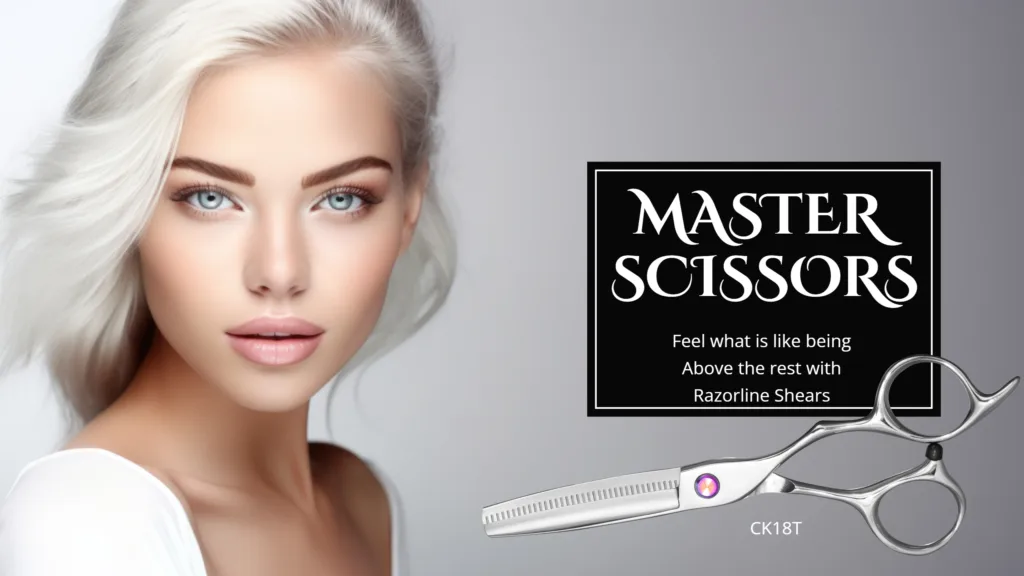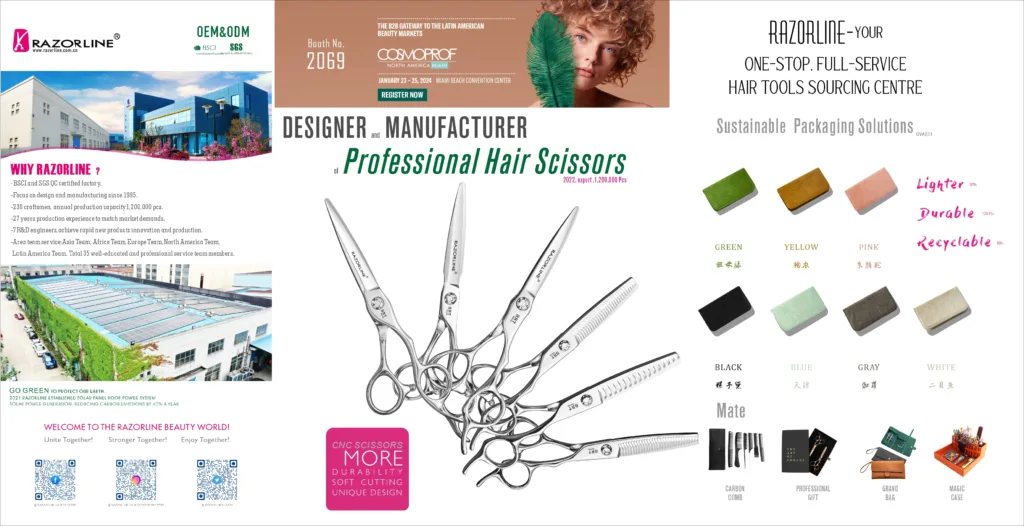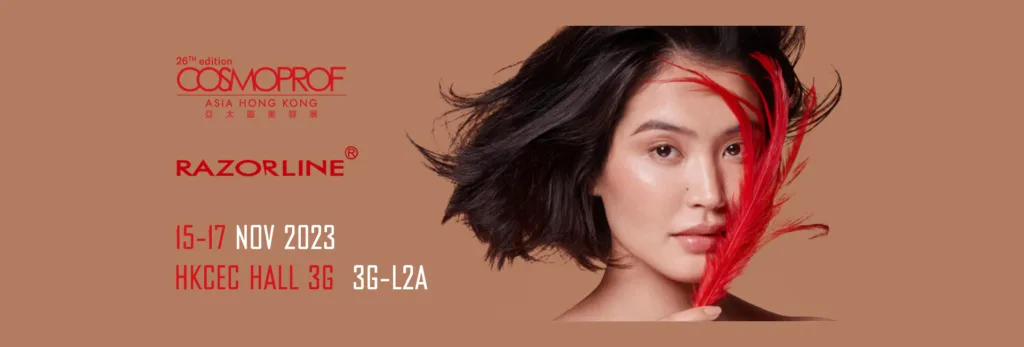From JAGUAR SOLINGEN’s video on the production process of haircutting scissors released in 2016, we can learn in detail that there are 120 steps to make the best professional haircutting scissors.
Production of JAGUAR hair scissors
The production process and process of professional barber scissors has evolved to the point where the production process and process of a good pair of scissors goes through 170 to 200 steps, and most of them are made by hand. Now for ease of understanding, we can divide the production process of hairdressing scissors into 9 simple steps:
Contents Menu
Blade stamping and laser cutting of blades

laser cutting
The principle of blade stamping: blade stamping is a traditional process, often through the need to stamp steel on a press using a die and mechanical force, to obtain a rough embryo of the blade for hairdressing shears for subsequent processes.
The 3 conditions for blade stamping are:
(1) A custom-made die that meets the criteria;
(2) A calculated mechanical force;
(3) a craftsman with extensive scientific experience;
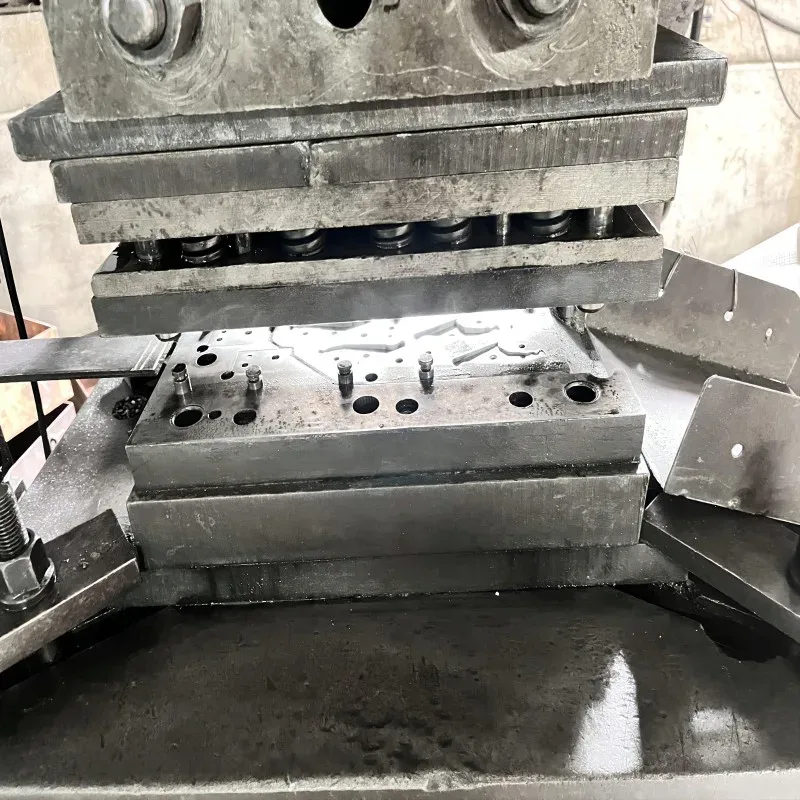
stamping machine
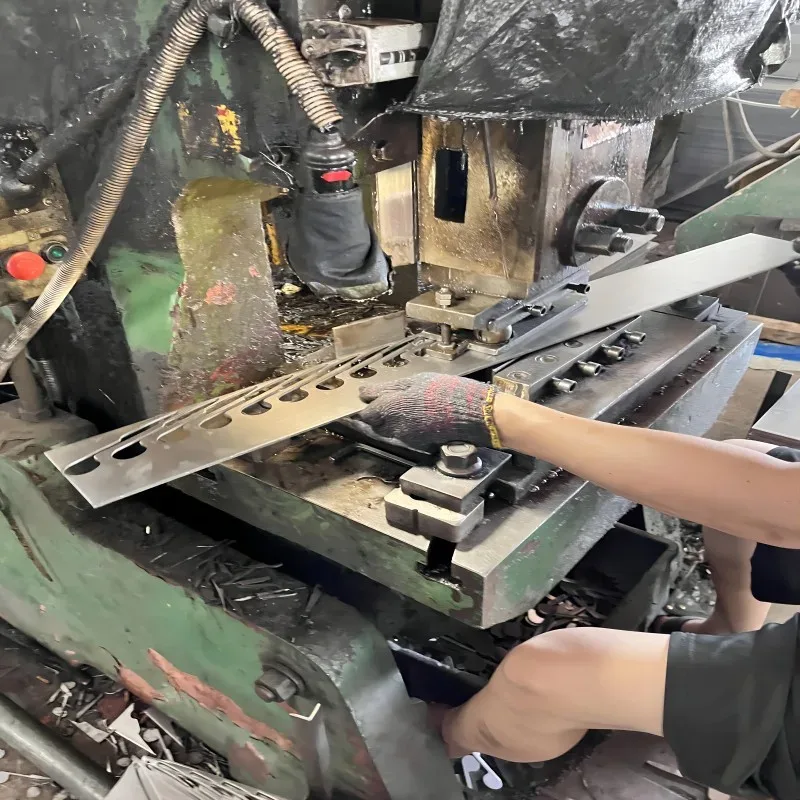
Stamped blade
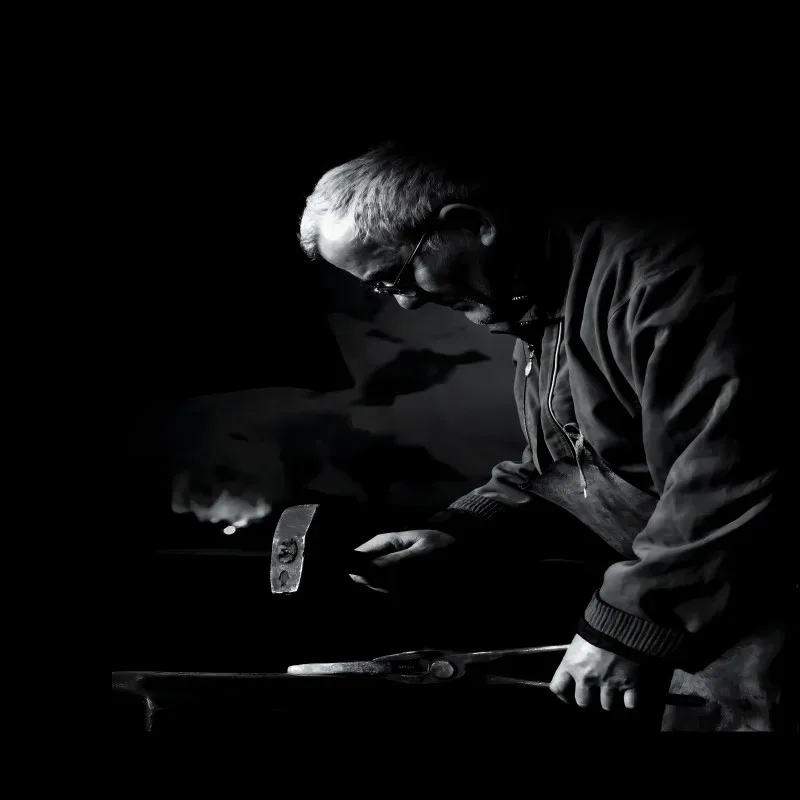
craftsman
The principle of laser cutting: laser cutting does not require any tooling or mechanical forces, only a laser beam. The laser has the propensity to cut any metal and is digitally programmed to create shapes of different sizes and depths.
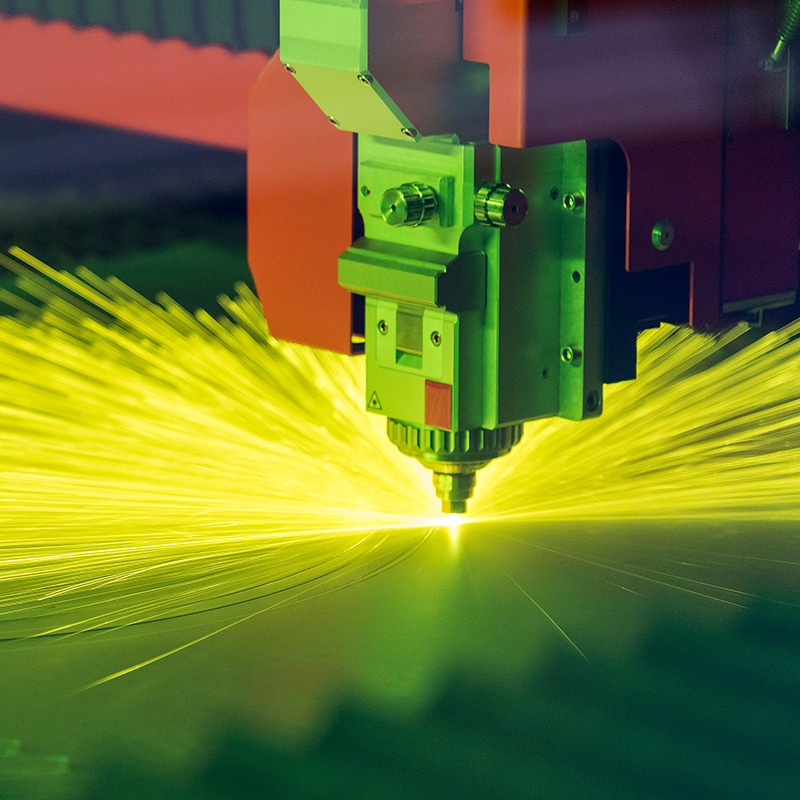
The benefits of laser cutting blades are 3fold:
(1) No need to prepare a mould in advance;
(2) No mechanical forces need to be considered;
(3) More precise and difficult cutting processes can be implemented;
Nowadays, competent factories have incorporated both processes in this step of the process in the production of barber scissors, as experienced craftsmen and industry-leading technology are one of the criteria for judging the competence of a factory, and Razorline barber scissors manufacturing factory is one such factory.
Handle welding
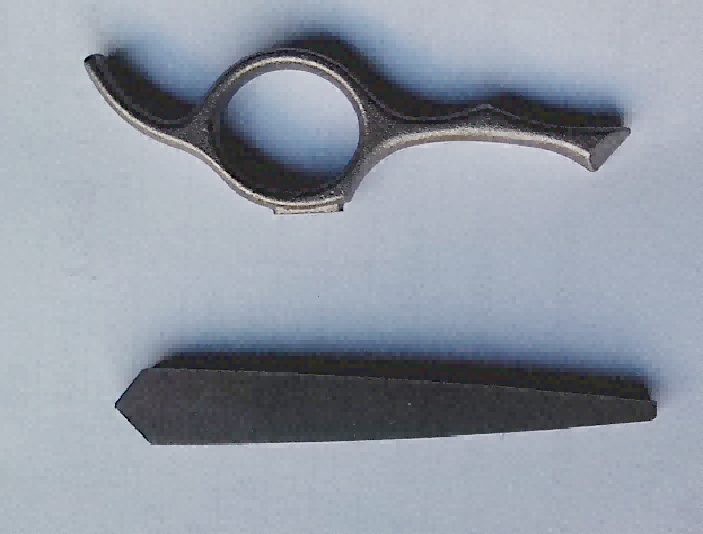
Blade and handle
The welding of the handles is an essential process in the manufacture of professional grade hairdressing scissors or high quality hairdressing scissors. In the production of professional hairdressing scissors, we use an arc welding machine to fix the outsourced or factory made handles to the stamped blades using a welding wire as the medium, according to the design requirements.
Why is the welding process used for the handles to produce high quality professional hairdressing scissors?
What we need to know is that there are two types of hairdressing scissors: cast knives and forged knives (welded knives).
Casting knives are made by pouring steel into a mould cavity and then after a simple process, these scissors are all made of one material, and the material is poor, the shape is dull, the edges are angular, the hand grips or holds are not comfortable, the scissors are not sharp and durable enough, and the shear is not smooth when used!
Forged knives (welded knives) are made from two different materials of steel welded to the front and back of the scissors, with the handle made from ordinary stainless steel and the blade forged from alloy steel. The handle is made from softer stainless steel, which is easier to work with, giving it a rounded and refined shape and ergonomic design for a comfortable and effortless grip. The steel of the blade is forged with trace metals such as cobalt, molybdenum, vanadium and manganese, and is vacuum quenched at 200 degrees and cold treated at -195 degrees, greatly increasing the hardness and toughness of the steel.

Hairdressing scissors after welding
Roughing disc blade treatment
This process in the production of hairdressing scissors is mainly done by grinding the back and face of the blade on a flat disc machine, using different sizes of abrasive paper. This often requires an experienced craftsman to be perfectly qualified for this job.
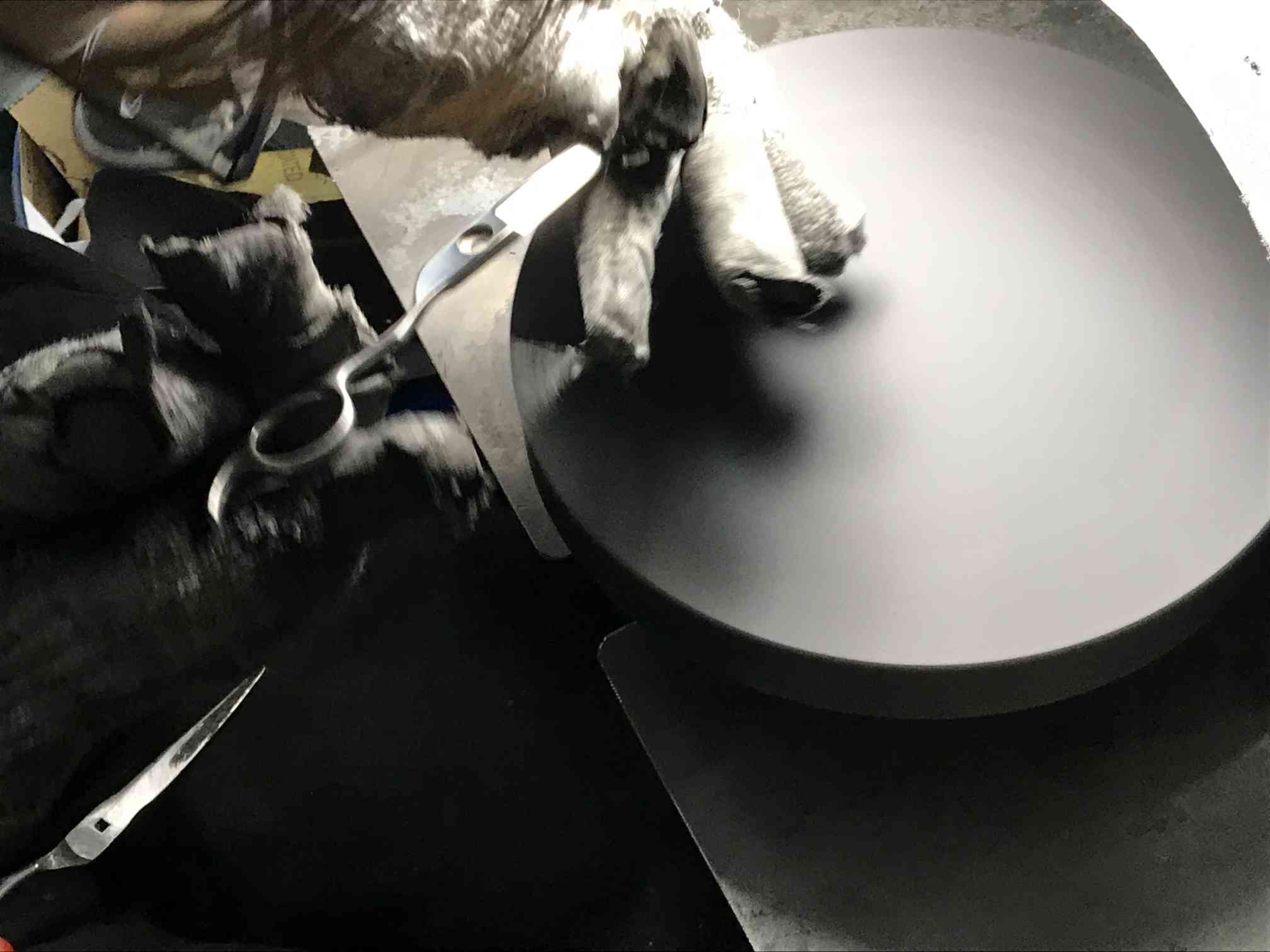
Sharpening the blade
Polishing

Polished Hairdressing Scissors
This process involves polishing the outer and inner rings of the hairdressing scissor handles with a polishing machine and a lap roller to achieve a flat surface. For polished scissors, there are generally 4 advantages:
① more ergonomic and smooth to use;
② No burrs, so there is no safety risk in use, e.g. abrasion of fingers;
③ Polished hairdressing scissors will last longer than unpolished scissors;
④ Polished scissors will be smoother and sharper;
Razorline Finished Scissors Display
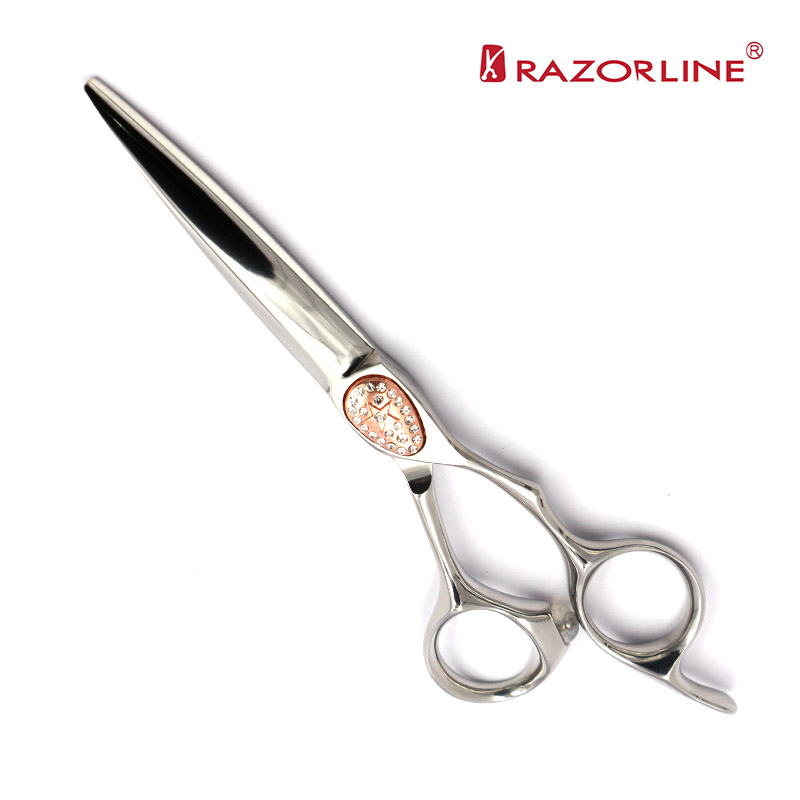
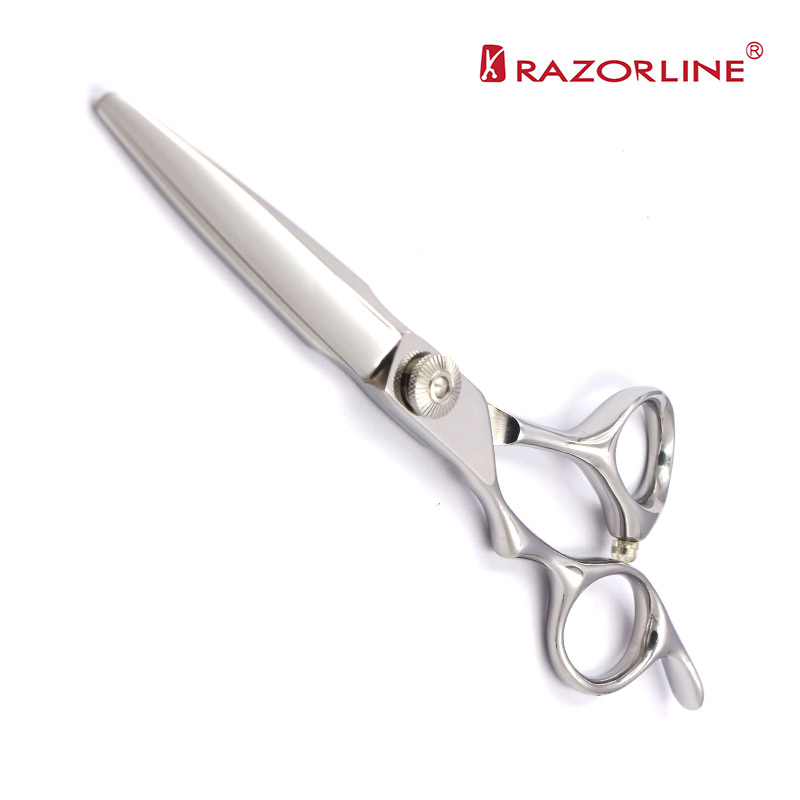
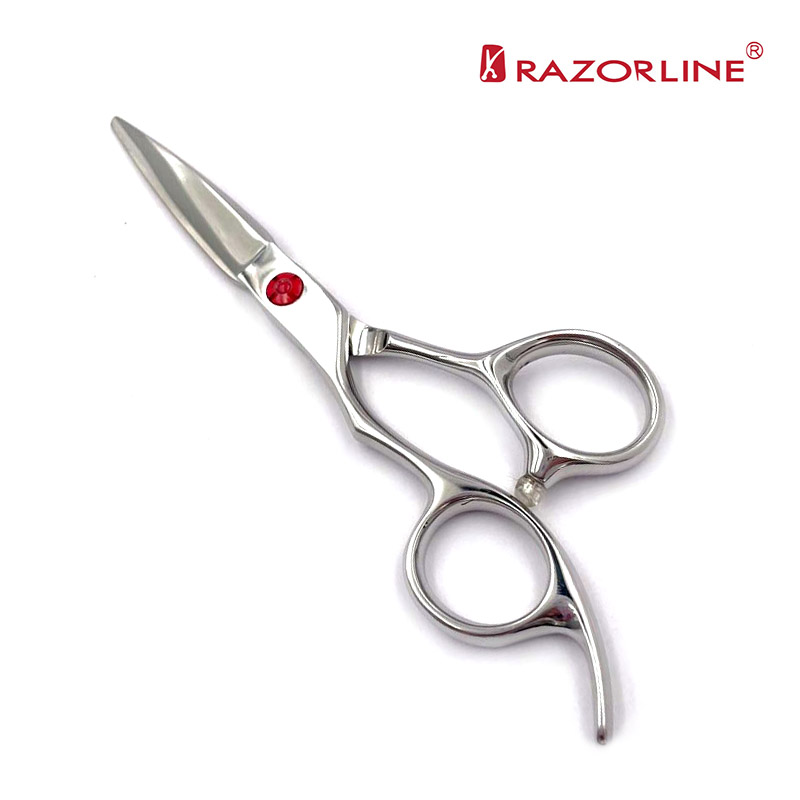
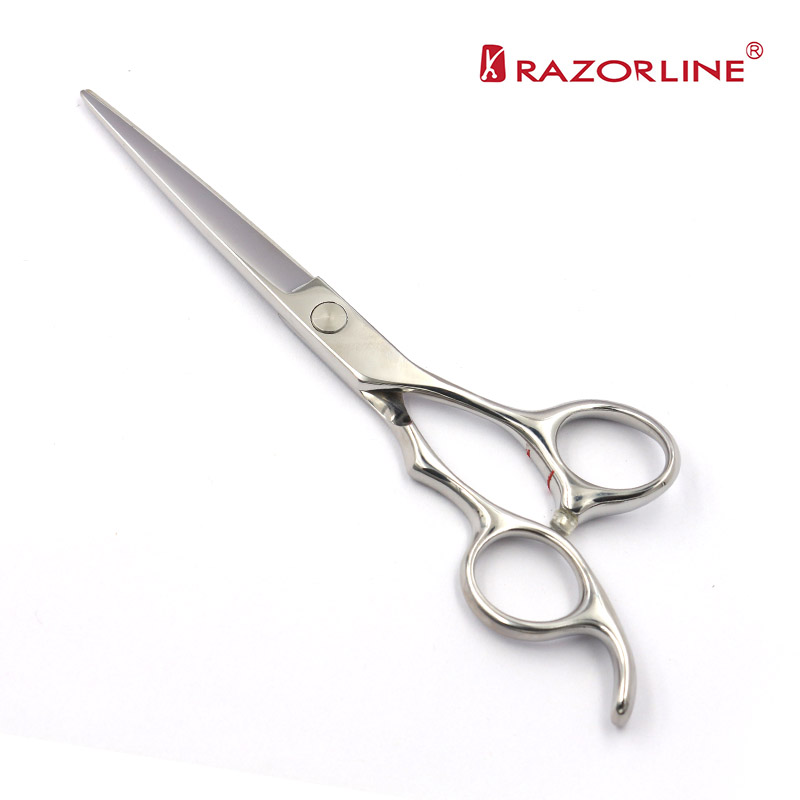
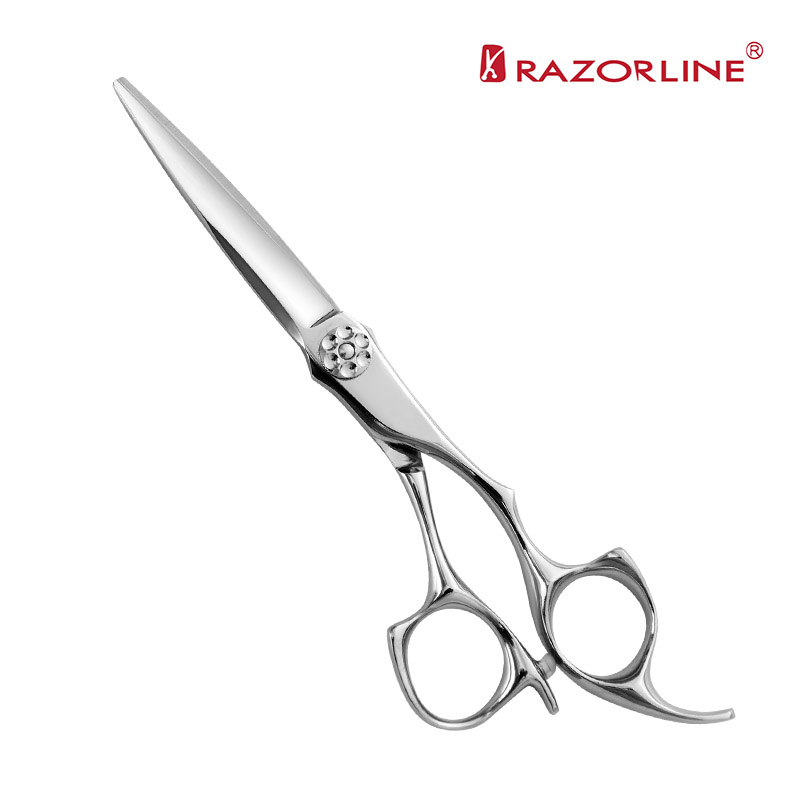
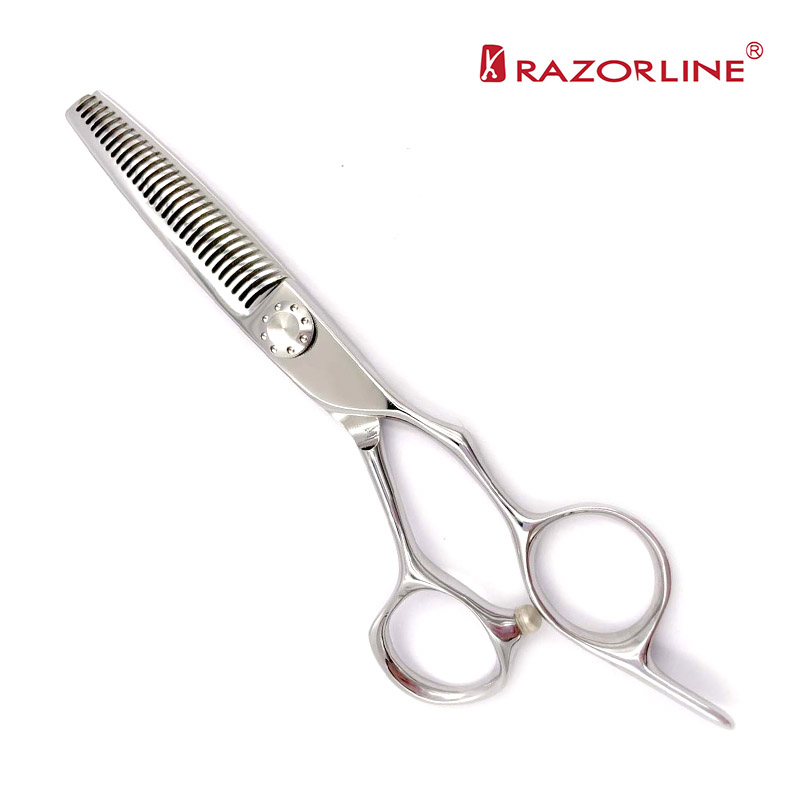
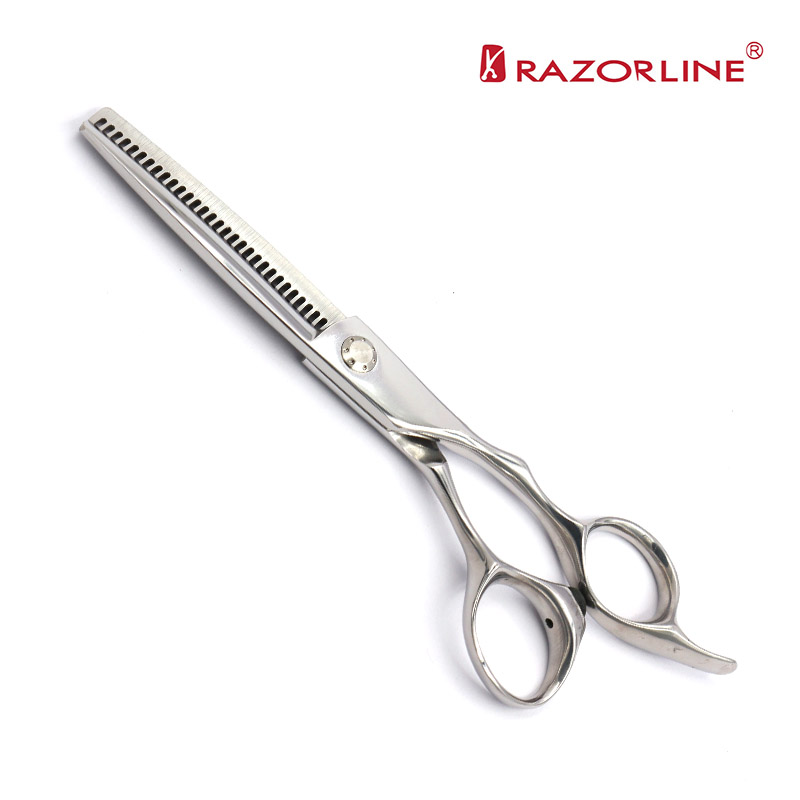
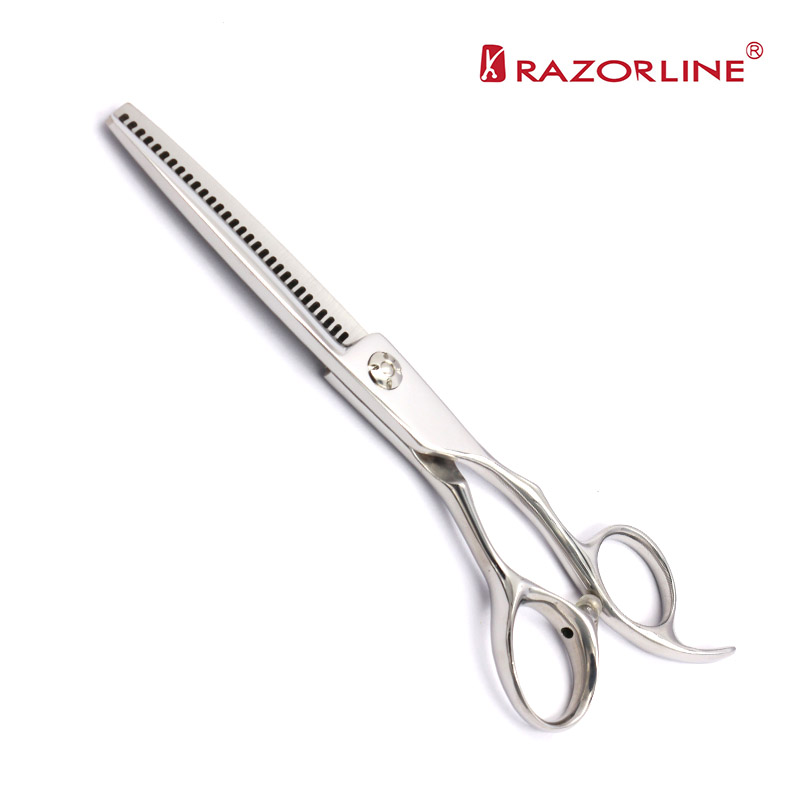
Whitening
This process involves rubbing white wax on a cloth wheel and polishing the surface of the scissors.

Whitening process
The whitening process is a more refined polishing process that increases the shine of the hairdressing scissors by polishing the surface of the scissors.
Core extraction

Polishing blades
This process is simply understood as the opening of the blades of the hairdressing scissors, and is carried out by polishing the blades on a fine flat plate machine.
Cutting the blade
This is a finer polishing process to ensure the sharpness of the hairdressing scissors.
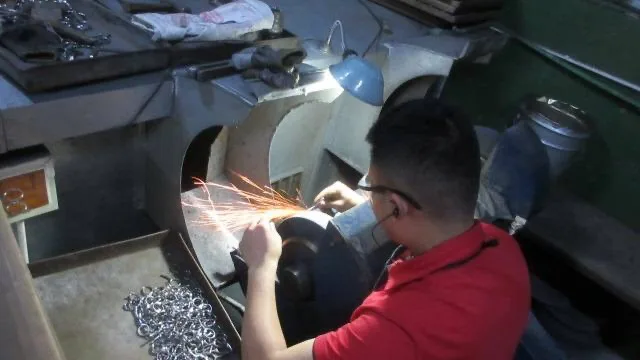
Finer polishing process
Assembly
The hairdressing scissors are assembled and adjusted to achieve the best possible results according to the customer’s needs and the professional assembly process of the scissors.
The professional commissioning and assembly process can be divided into the following steps:
① Quality inspection of individual scissors and marking with a marker to filter out those that meet the criteria;
② Using an imported sheepskin cloth, wipe and observe the integrity of the scissors’ edge line;
③ Using a paraffin cloth, maintain the hairdressing scissors;
④ Using a threading machine, process and adjust the internal threads of the scissors to ensure proper assembly;
⑤ Assembling hairdressing scissors by selecting the appropriate scissor screw bearing system according to the customer’s needs;

Anoint

Assembly of hairdressing scissors
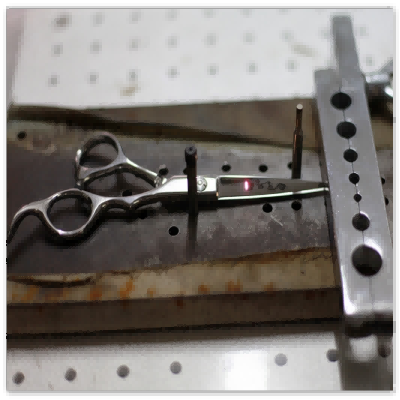
QC
Inspection and storage
The scissors are manually inspected for all indicators, and qualified products are stored, while unqualified products are reworked.
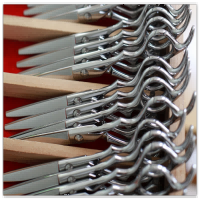
Access to the warehouse
For the Razline Professional Hairdressing Scissors factory, there are up to 200 steps in the scissors manufacturing process, all of which are inspected and tested to a standard that allows us to achieve a 100% pass rate for our customers’ customised products. We also usually check the condition of our products when we ship them to our customers to ensure that every Razorline customer is satisfied when they receive them!
“The world’s largest manufacturer of professional hairdressing scissors” is how we are recognised by our customers.

Razorline’s office building and factory


